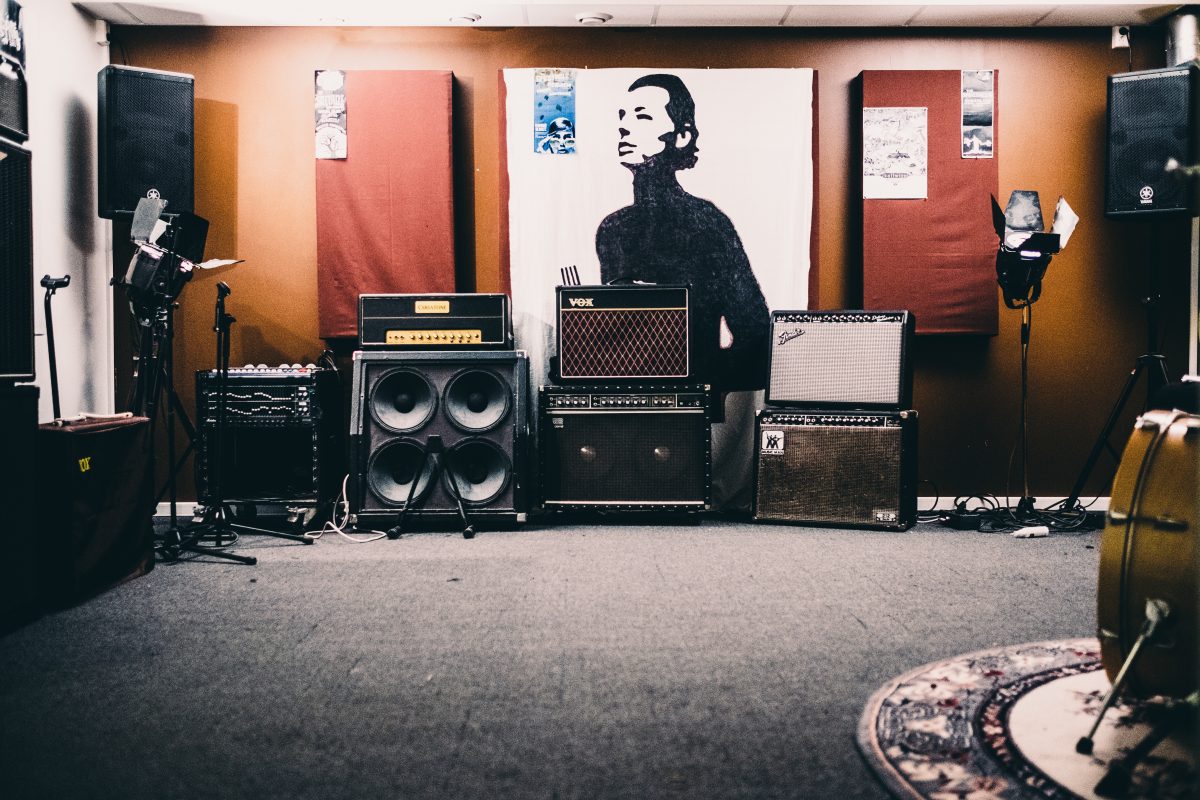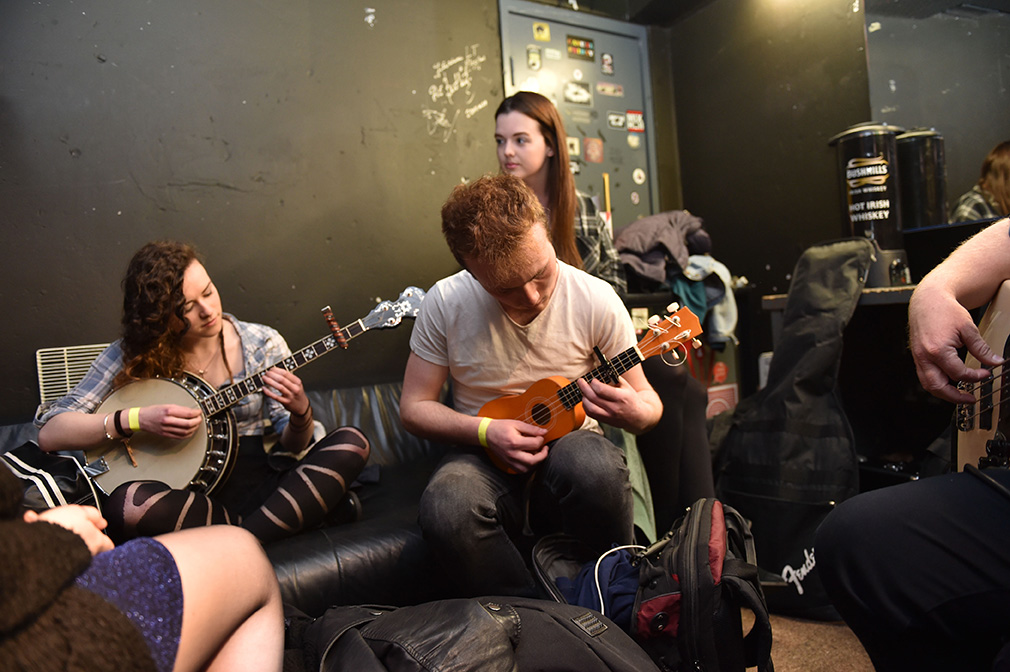The drummer is battering his snare like a caveman. The guitarist is noodling like a cut-price Steve Vai. The bassist has gone for a smoke. The singer is chatting up the receptionist. This isn’t a band practice, it’s a crèche for musicians. And with every passing minute, your budget is trickling down the drain… Here are five golden rules to make band practice count.
#1. Know the material
Band practice is where you put the moving parts of the song together, not where you ask the bassist to show you the chords. Whatever your instrument, you should have nailed your parts at home. Don’t roll in late, and don’t ask how the middle-eight goes – you should already know.
#2. Concentrate on ‘problem songs’
If you don’t focus, you’ll hear the next band knocking and realise you’ve spent the last two hours jamming a twelve-bar blues. Before the session, sit down with your setlist, identify the weak links that caused last Friday’s train-wreck and make them the priority. Likewise, if there’s a section you keep fumbling, chase it down instead of regurgitating the whole song.
#3. Balance the sound
Too many band practices descend into a decibel arms race, everyone cranking their amp one louder than their bandmates until mistakes are lost in white noise and your brain melts out of your nostrils. You’re not Motӧrhead, so, if possible, run all the instruments through a live desk for a balanced sound, and elect a leader to decide who needs turning up/down.
#4. Stop @#$# noodling!
It’s enough to make you tear your hair out in clumps. The song ends, and while you’re trying to discuss what went wrong in the bridge, your bandmates disappear into their own little worlds, twiddling the Simpsons theme or twocking the rack toms. Introduce a rule that nobody plays between songs – and enforce it with an on-the-spot fine and a hard slap.
#5. Record yourself
It’s hard to assess the band’s overall performance in the heat of the moment. Recording your practice session with a smartphone – then listening back – is a great way to get some perspective on what the audience will hear. Try an app like iTalk, RODE Rec, StudioMini or Hi-Q, alongside an external mic from a firm like TASCAM or Apogee.



